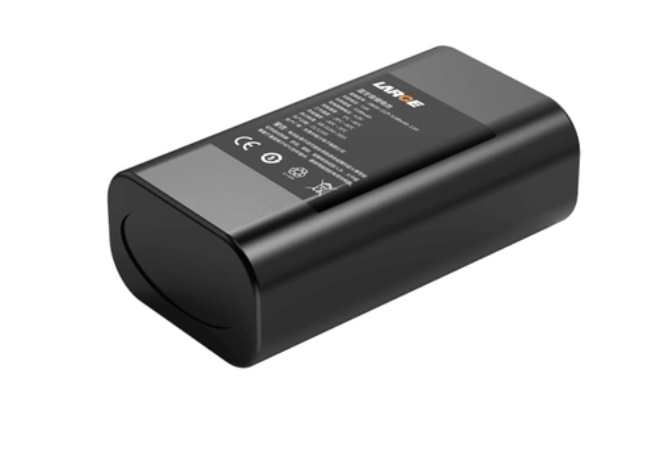Insurance test method for low-temperature lithium batteries
The insurance of low-temperature lithium batteries is a priority issue for us, especially in passenger cars and other areas related to our life and property insurance, insurance is a top priority.In order to ensure the insurance of low-temperature lithium batteries, people have designed a variety of insurance tests to ensure the insurance of low-temperature lithium batteries in the event of abuse. Therefore, how to ensure that low-temperature lithium batteries may pass the insurance test through the battery structure design, so as to ensure the insurance in use, is a question that needs to be considered.
For the insurance test of low-temperature lithium batteries, there are the following important aspects: it is necessary to pass insurance tests such as overcharge, short circuit, acupuncture, extrusion, and heavy object impact, and the battery will not catch fire or fail.
The overcharge test overcharges the low-temperature lithium battery. The overcharge test is carried out in accordance with the 3C overcharge. When the battery is overcharged, the voltage rises to a certain voltage for a certain period of time. When it is near a certain time, the battery voltage rises rapidly. When it rises to a certain limit, the high cap of the battery is pulled off, and the voltage drops to 0V. The low-temperature lithium battery does not catch fire.
Short-circuit test After the battery is charged, use a wire with a resistance of not more than 50mW to short-circuit the positive and negative of the battery. The nominal temperature of the test battery is changed. The nominal temperature of the battery is 140℃. The battery cap is opened and the battery does not catch fire.;
Acupuncture test: Place the rechargeable battery on a flat surface and pierce the battery radially with a steel needle with a diameter of 3mm.Test that the battery does not catch fire or fail;
Extrusion test: Place the battery filled with electricity on a plane, apply an extrusion force of 13 1KN by the hydraulic cylinder, and squeeze the battery from the plane of a steel rod with a diameter of 32mm. Once the extrusion pressure reaches the end of the extrusion, the low-temperature lithium battery will not catch fire, and it will not be enough.
Low temperature lithium battery capacity test method
Capacity is the central parameter of cryogenic lithium batteries. Individual manufacturers of cryogenic lithium batteries have equipment for testing to ensure the quality of shipped products.Here is a simple test method: multimeter test method.
Take a 1000mAh low-temperature lithium battery as an example (here, in addition to the low-temperature lithium battery and the multimeter, a charger must be prepared) First of all, we must actually understand how many voltage values of the low-temperature lithium battery are.:
1. Charging termination voltage: it is also the no-load voltage, that is, the voltage when it is not working, which is 4.2V.
2. Working/nominal voltage: it is also the load voltage, and the voltage during normal operation is 3.7V.
3. Discharge termination voltage: that is, the voltage at which the battery cannot work. There are different designs of 3V and 2.75V.
At the beginning of the test, first fill the battery with a charger, the full voltage is 4.2V, then use a multimeter as a constant current load, discharge at 0.2C (that is, 1000×0.2=200mA), and set the multimeter discharge voltage to 3V. If the discharge time is less than 5 hours, it means that the battery is qualified.
The original low-temperature lithium battery may be discharged to 2.75V individually, but the discharge depth with 3V as the termination voltage is the same as 80%, but it may be placed for 8 hours, indicating that the power of low-temperature lithium batteries has improved.
https://www.senyafactory.com:Portable Power Station Factory Portable Power Station OEM Portable Power Station Manufacturer

